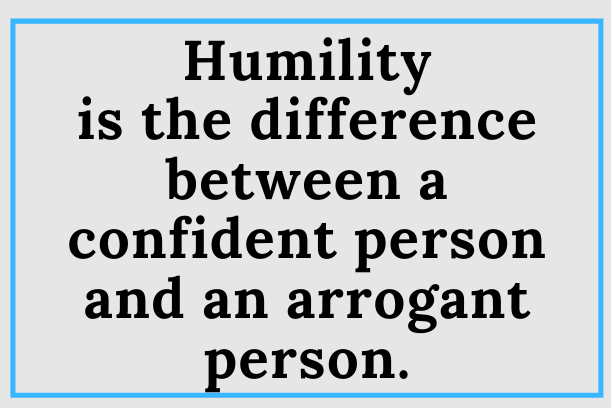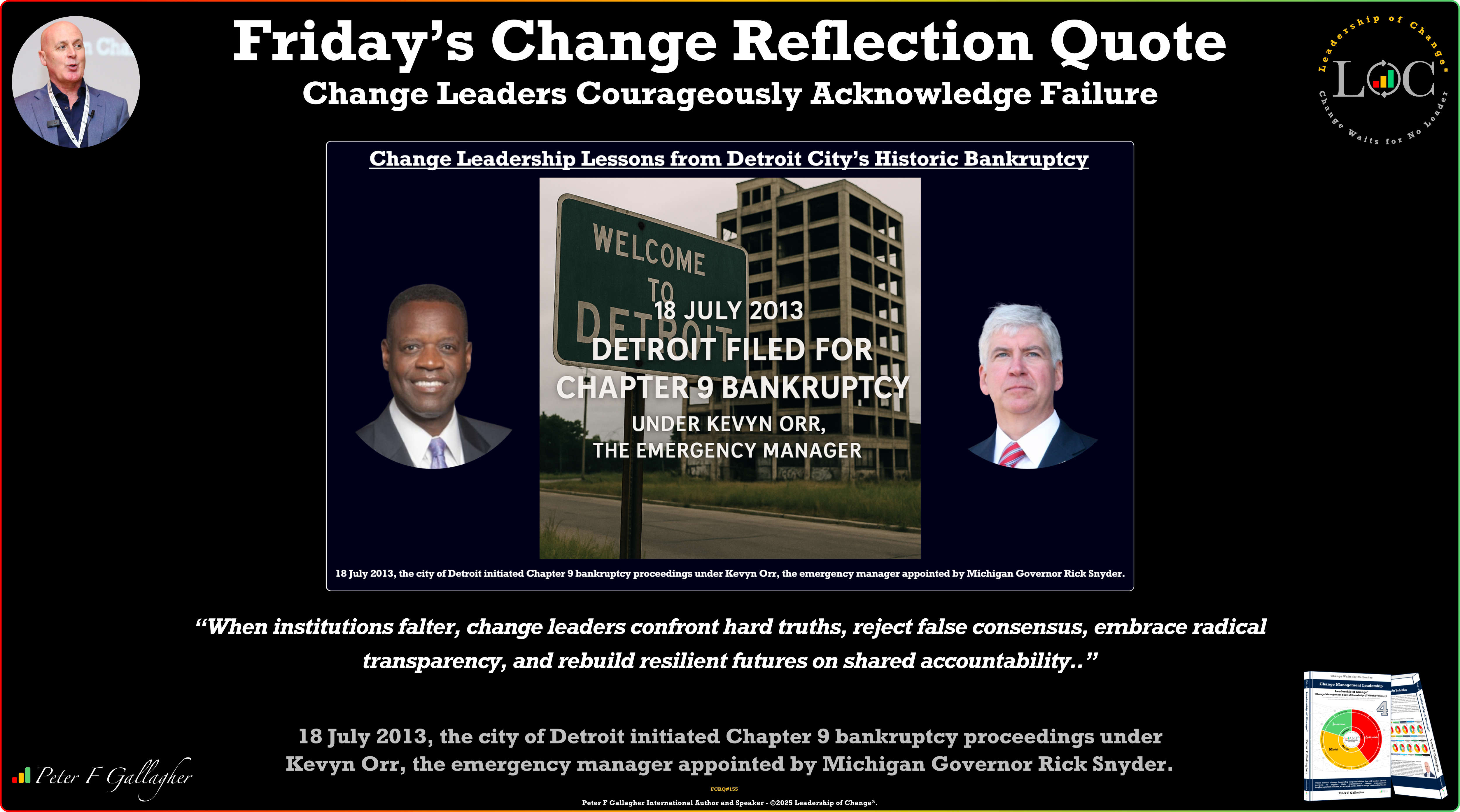Agentic AI is rapidly reshaping the way organizations operate, promising a new era of autonomy, adaptability, and mission impact. But what exactly is Agentic AI, and how can federal agencies harness its power to overcome longstanding challenges and deliver real results?
"Your environment determines your life. Choose friends and partners wisely."
Who do you think about the most, yourself or others? Being humble is a strength, but knowing and admitting that you have weaknesses is also a strength. A leader who has humility, who also acknowledges their weaknesses is a highly effective leader.
Change Leaders Courageously Acknowledge Failure. When institutions falter, change leaders confront hard truths, reject false consensus, embrace radical transparency, and rebuild resilient futures on shared accountability.
What looks like high standards on the surface is often just fear in disguise. And fear slows everything down, except damage to trust.
If you attend a 3 day training course and you come away with one great idea that will help you and your team, then the 3 days has been worth it. Make sure that what you see, listen to, and read is worth it. If it is not then don’t do it.
Digital transformation fails when teams confuse data access with data usability. Insights from the B2B Connect Summit show that alignment, structure, and findability—not more tools—are the keys to unlocking AI, personalization, and better customer experiences.
If you complain about your team and their performance, you have nobody to blame but yourself. They are your responsibility, and they are in exactly where you have led them to.
If the logic is wrong — execution logic for an innovation-type problem — then the race is already lost at the start.
A practical playbook for CTOs who no longer touch the code yet still steer high-growth teams through technical storms. Learn daily rituals, data-driven bets, and culture guardrails that keep your engineering instincts razor-sharp—and your org humming.
Welcome to Cloud Repatriation, the big trend of the next decade. As AI adoption accelerates, customers have no choice but to re-evaluate their infrastructure strategy. Control becomes more critical than ever as GRC (Governance, Risk, and Compliance) shifts from nebulous demands to complex realities
AI continues to find its way into every industry, and the construction industry is no exception.
Most tokens in the international market suffer from a fundamental flaw: disconnection from reality. They exist purely for speculation on exchanges, often without any practical use, without commercial integration, and with no connection to everyday consumer life. The Beam Token, in contrast, is a fun
How Boots, Tesco, Nike and others used CRM to read the market before the market spoke.
Change Leaders Develop Cultural Intelligence. Change leaders blend cultural intelligence with unwavering principles, adapting their methods while maintaining core values, knowing transformation often requires patient persistence for delayed recognition.
The MISTRAL AI framework employs a multi-agent system to tackle the protein folding problem. Specialized AI agents collaborate to streamline data analysis, simulation, and misfolding detection, thereby enhancing complex scientific workflows.
Top 10 Leadership and Management links of the week, curated by Corix Partners Founder and CEO JC Gaillard, focusing on cyber security of course, but also a large cross section of subjects including digital transformation, emerging tech, ESG governance and the future of work.
Boost middle management with this burger-inspired leadership guide!
Governments are planning 110% more fossil fuels than the 1.5°C target allows, and 69% more than 2°C. We don’t need new oil, gas, or coal. We need a Fossil Fuel Non-Proliferation Treaty. Here’s why it matters, and why time is running out.
How do you like to do your work? Do you like to make it hard by being un-inspired, or do you like to make it easy by being inspired?
 Accelerating Mission Outcomes with Agentic AI: A Practical Guide for Federal Leaders
Accelerating Mission Outcomes with Agentic AI: A Practical Guide for Federal Leaders Your income reflects your environment
Your income reflects your environment Do You Have Humility?
Do You Have Humility? Friday’s Change Reflection Quote - Leadership of Change - Change Leaders Courageously Acknowledge Failure
Friday’s Change Reflection Quote - Leadership of Change - Change Leaders Courageously Acknowledge Failure When Leadership Becomes a Bottleneck
When Leadership Becomes a Bottleneck